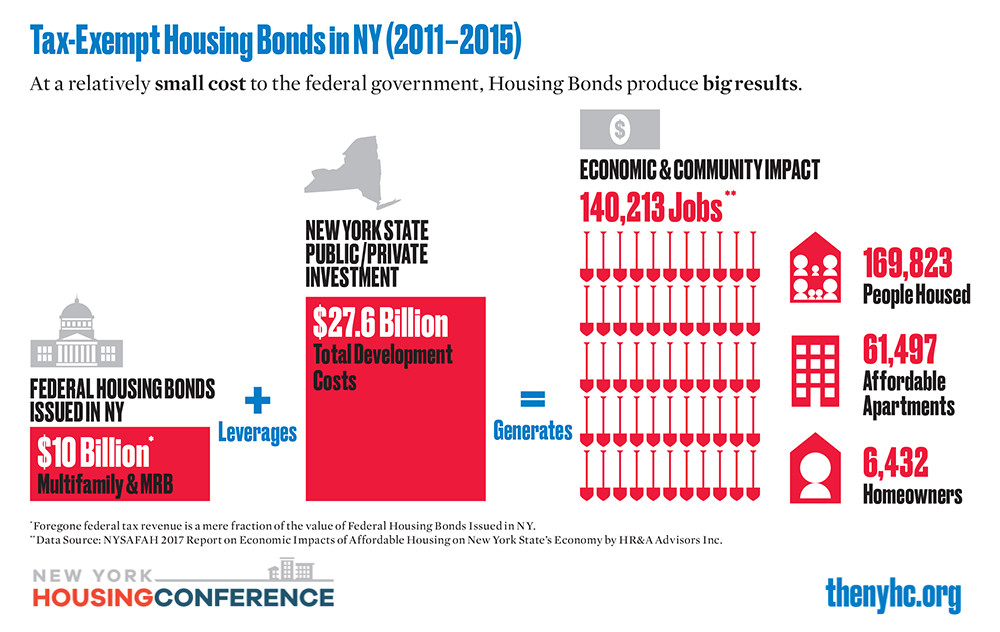
Former New York State Governor
Housing Positions and Proposals
- Part I: A Plan to Aggressively Build and Preserve Housing
- Build More Affordable Housing
- Make affordable housing truly affordable – ensure a substantial number of units at 30%-50% of AMI
- $5 billion in City and State capital subsidies for affordable housing over 5 years
- Leverage New York City retirement funds to help finance affordable housing
- Accelerate residential development in Midtown South, manufacturing districts, and other targeted opportunities. Except for limited program like transit-oriented development, will oppose further zoning changes in low-density neighborhoods
- Protect and Reimagine NYCHA
- Reduce homelessness in New York City
- Address the “Missing Middle” in Housing
- Build More Affordable Housing
- Part II: A Plan to Keep People in Their Homes
- Protect Tenant Rights
- Strengthen City Enforcement of Tenant Protections
- Continue to Use Vouchers to Prevent Homelessness
- Appoint Rent Guidelines Board Members Who Will Make Decisions Objectively
- Part III: Accountability and Oversight
- Reduce bottlenecks at HPD to new development
Responses to NYHC Questionnaire
What are your priorities in an affordable housing plan – including rental and homeownership?
New York City’s capital funding for housing decreases from $4.3 billion in FY2026 to $2.4 billion in FY2027 or less the following years. What are your priorities for the ten-year capital plan in terms of how much funding will you allocate annually? How will you pay for it?
It is difficult to know the size of New York City’s capital plan in light of federal uncertainties, but constructing affordable housing will be among – if not the – top priority in the capital plan. My housing plan calls for additional City and State capital subsidies for affordable housing through a jointly funded $5 billion City-State capital program over five years. The plan calls for additional capital funding from New York City pension funds through the ETI program. It has been estimated that such funds could provide approximately $2.5 billion in capital funding for affordable housing. My housing plan also calls for the building or preservation of 500,000 additional housing units in New York City over the next decade. Most of these units will be affordable to low–and moderate-income New Yorkers. Moreover, we plan to make a substantial number of units affordable to very low-income New Yorkers with household incomes of 30% to 50% of AMI.
In order to accomplish this goal, we will need to ensure that tax abatement programs like Section 485-x are sufficient to generate enough affordable housing, expand development in areas recently rezoned and partner with faith-based institutions to develop affordable housing on surplus property they own in conjunction with housing developers. My administration will also focus on office-to-residential conversions and identifying all possible city-owned land that could be developed for affordable housing.
New York City’s public housing is chronically underfunded. NYCHA currently needs $78 billion in capital funding to bring housing up to good repair. What will you do to address the needs of NYCHA?
Do you support the PACT program?
Do you support the Public Housing Preservation Trust?
I support both the PACT program and the Public Housing Preservation Trust. We will leverage programs like PACT/RAD and the NYCHA Trust to secure vital funding for repairs and new construction. As mayor, my administration will take seriously the concerns raised by labor and NYCHA residents about flaws in these programs and will pursue reforms where necessary.
I believe there are great opportunities to renovate existing NYCHA campuses through these programs, as well as to develop a significant amount of new affordable housing on the sites. It is critical to have tenant support for any initiatives, and each must directly improve the housing conditions of current residents. In the meantime, NYCHA must be assisted in improving the day-to-day quality of life for residents while these longer-term initiatives are activated.
Homelessness in New York City is higher per capita than almost anywhere in the country and has been growing substantially. In New York City, more than 140,000 people experienced homelessness last year, a 78% increase from five years ago. What specific strategies and programs will your administration use to decrease homelessness?
Do you support expansion of CityFHEPS?
Homelessness in New York City is a critical issue. My approach begins with recognizing it as both a housing crisis and a human services crisis.
As mayor, I will expand the development of permanent supportive housing, building on my record as governor, where I committed to creating 20,000 units across the state over 15 years, 80% of which will be located in New York City. Supportive housing is essential for people struggling with serious mental illness or addiction—those most likely to be unhoused and most in need of sustained support. Proven strategies such as Safe Haven shelters and Housing First are valuable tools, though not silver bullets.
I also support the continued use of vouchers like CityFHEPS and will work to improve the program by reducing delays, increasing landlord participation, and addressing discrimination. To prevent families from entering the shelter system, I will invest in deeply affordable housing—particularly for those earning just 30 to 50% of the area median income—and strengthen tenant protections, in part by ensuring access to legal counsel in housing court. I will also promote stronger coordination with street outreach teams and expand access to community-based care and inpatient psychiatric treatment where needed.
CityFHEPS is a vital tool for keeping families out of shelters, but it needs to be supplemented with a state housing voucher program so New York City is not bearing the full cost of preventing homelessness.
In 2024, the City passed the City of Yes for Housing Opportunity to add more housing in every neighborhood. This will add 80,000 units of housing over the next 15 years. What will you do to allow for more housing supply and more equitable housing development in New York City?
How will you utilize zoning tools to address the crisis?
Will you support existing or new real estate tax incentives like 485-x?
Much more is needed to meet the scale of New York’s housing crisis. The opportunity exists for significantly more housing made possible through rezoning in high density areas, manufacturing districts, and other targeted opportunities. There are additionally, opportunities for transit-oriented development, however, I would wait for the impact of the recent rezoning to do further zoning changes in low-density neighborhoods.
Do you support the State’s rent stabilization laws, and will you seek any changes?
What will be your priorities in appointing members of the Rent Guidelines Board?
Rent stabilization laws are essential safeguards for tenants across the five boroughs. As governor, I proudly signed the Housing Stability and Tenant Protection Act of 2019. While that law signaled a giant step forward, some aspects need to be revisited to ensure rent-stabilized units remain habitable. I’m open to reforming how capital improvements are handled; it helps no one if units stay offline simply because necessary renovations cannot be made.
The Rent Guidelines Board is critical to reach an appropriate balance. The Board’s decisions must be grounded in data; politics cannot enter the equation. As mayor, I’ll appoint members who bring both competence and fairness to the table. Voting members must understand the adversity tenants face while also recognizing the financial realities and constraints of maintaining rent-stabilized housing.
Board members must weigh operating costs, inflation, building conditions, and tenant affordability to come to the best decisions. Their responsibility is to achieve outcomes that are fair, fact-based, and equitable for all New Yorkers.









